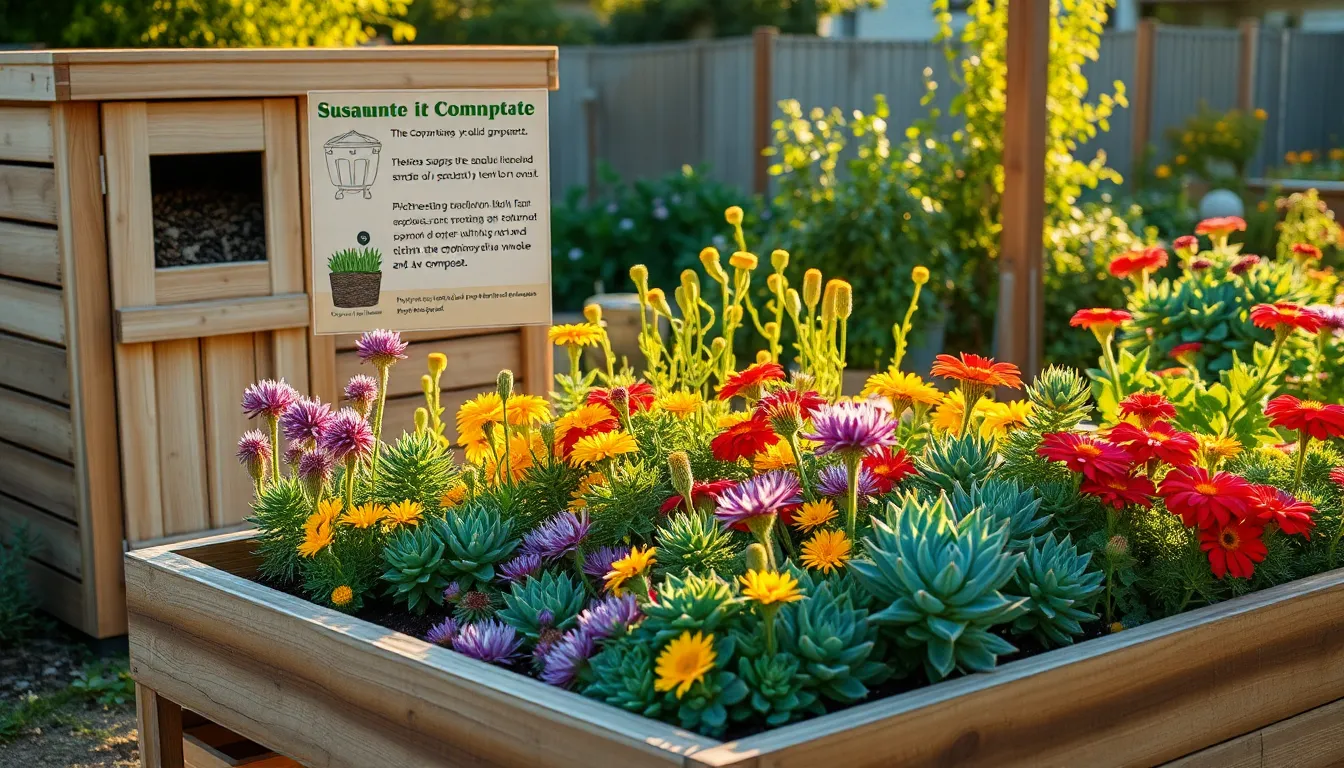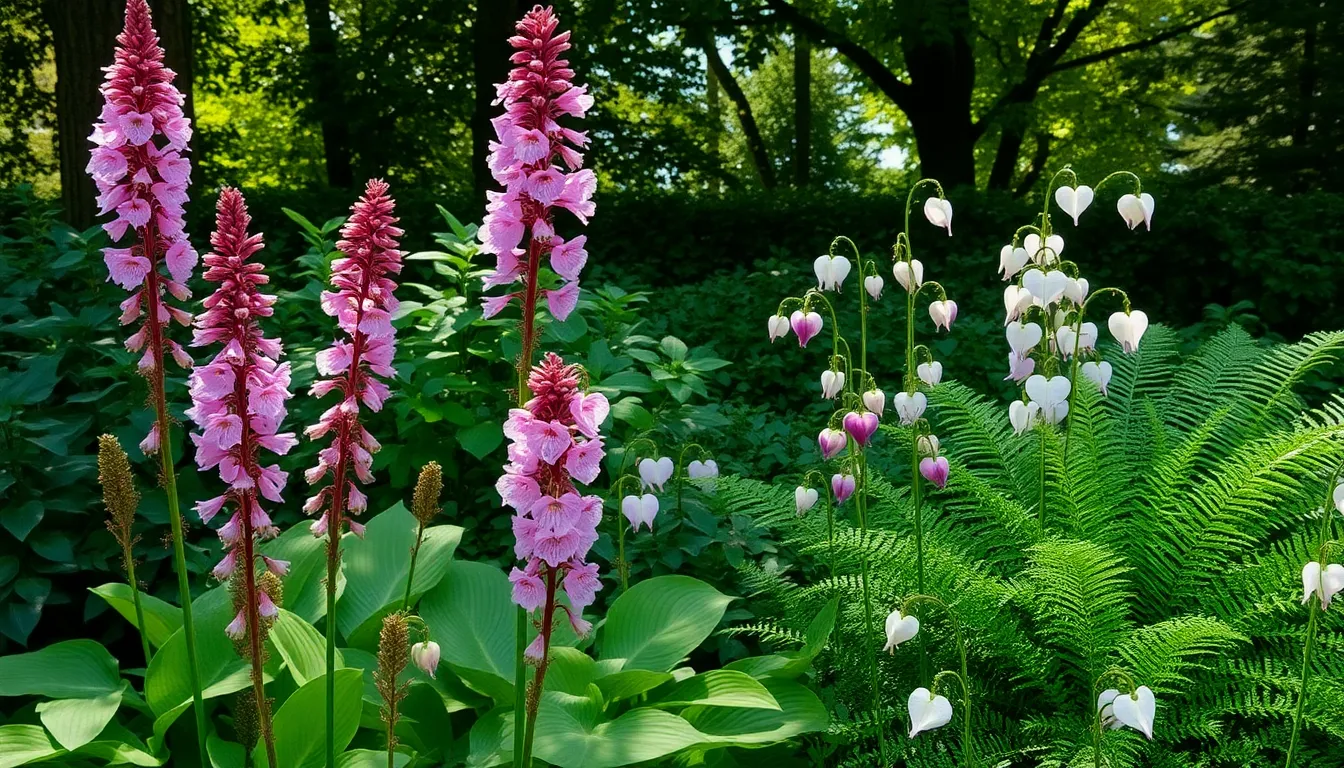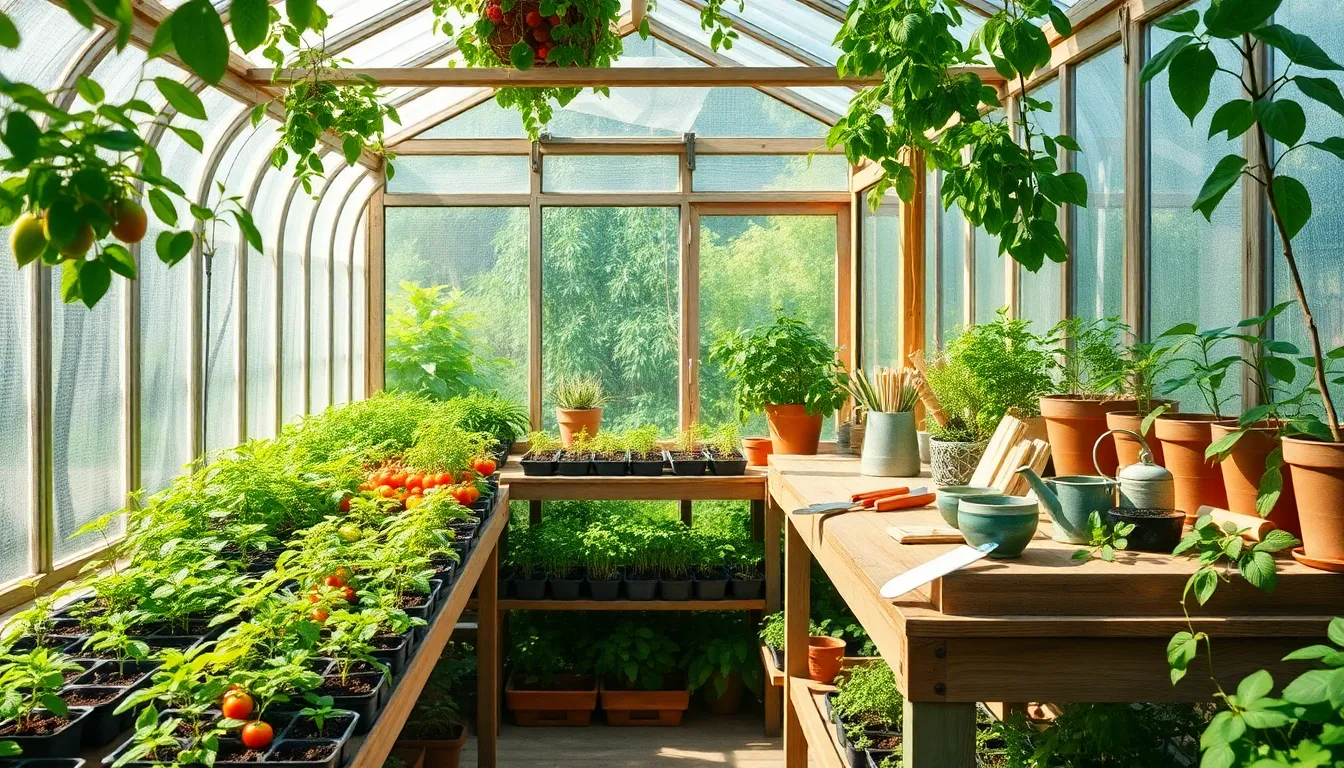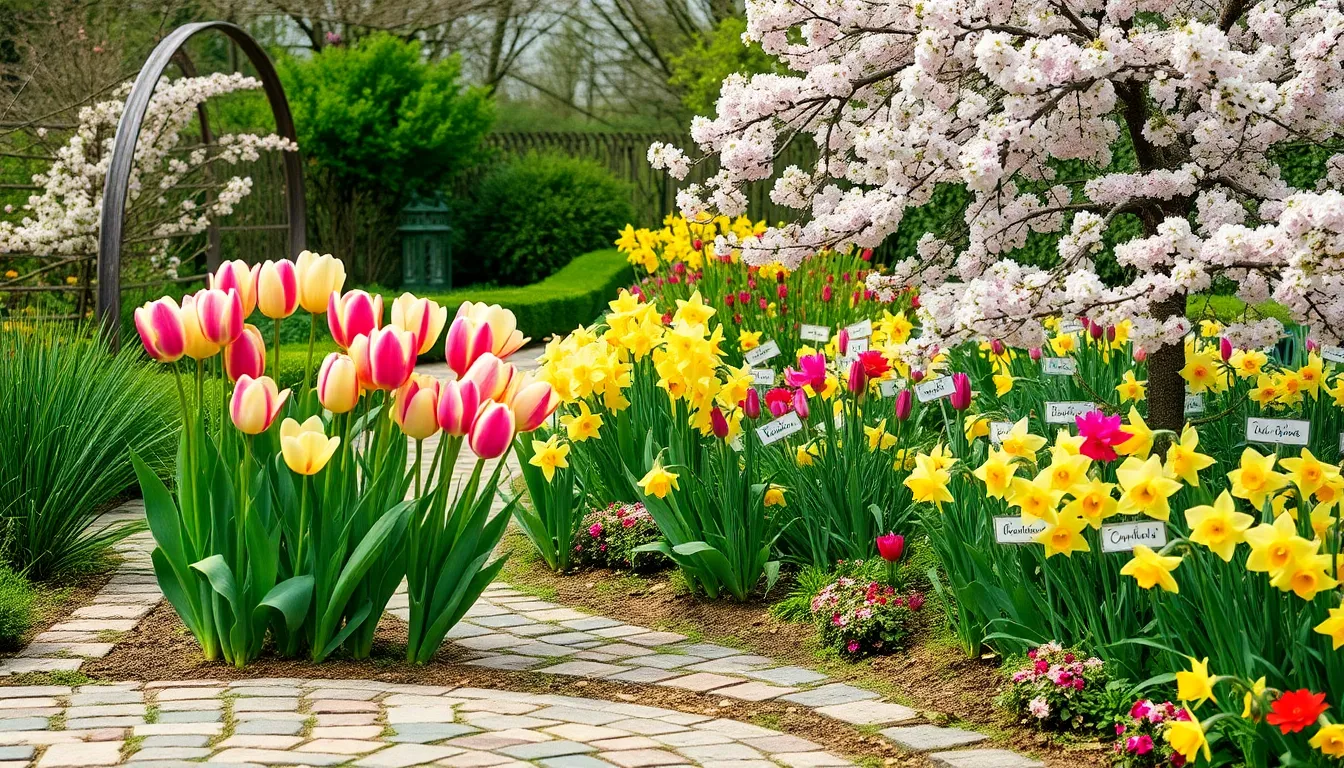Gardening is more than just a delightful hobby; it’s a profound way to connect with nature and contribute positively to our planet. Whether you’re just getting your hands dirty for the first time or have a seasoned green thumb, making your garden more sustainable can be a rewarding journey for both you and the environment. By adopting eco-friendly practices, you can create a thriving oasis that not only beautifies your space but also plays a vital role in conserving resources and supporting local ecosystems.
In this article, we’ll explore practical strategies to transform your garden into a sustainable haven. You’ll discover how to make simple yet impactful changes, from selecting the right plants to implementing water-saving techniques. Together, we’ll delve into the art of composting, the benefits of native plants, and how to minimize waste, all while nurturing a resilient garden that requires less intervention and offers more rewards. Whether you’re looking to reduce your carbon footprint or simply wish to cultivate a healthier environment, these insights will empower you to garden with a purpose, fostering a greener future for generations to come.
Assess Your Garden’s Water Needs

Understanding your garden’s water needs is crucial to making it more sustainable. Begin by observing the types of plants you have and their specific water requirements, as different species have varied needs.
Consider the climate and typical weather patterns of your region, as these greatly influence how often you need to water. If you live in a dry area, focus on drought-resistant plants like lavender or succulents, which require less frequent watering.
Soil type also plays a significant role in determining watering frequency. Sandy soils drain quickly and may need more frequent watering, while clay soils retain moisture longer and require less frequent irrigation.
For a more advanced approach, consider installing a rain gauge to measure how much natural rainfall your garden receives. This data can help you adjust your watering schedule, ensuring that you aren’t over- or under-watering your plants.
- Test soil moisture: Insert a finger or a moisture meter into the soil to check moisture levels before deciding to water.
- Group plants by water needs: This allows for targeted watering, saving both water and time.
- Mulch your garden beds: Mulching helps retain soil moisture, reducing the need for frequent watering.
Implement Composting Practices
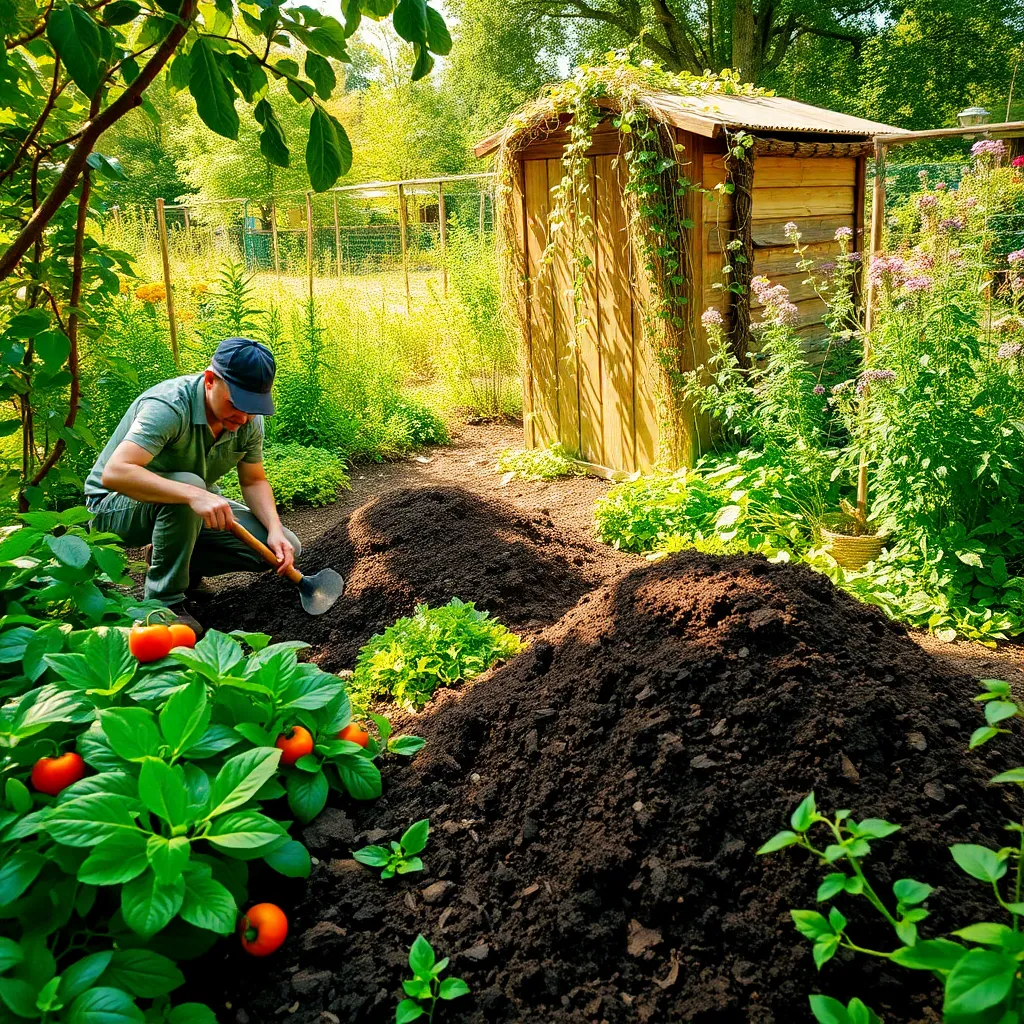
Creating a compost system is a simple yet powerful way to enhance your garden’s sustainability. Begin by choosing a suitable location in your garden that is well-drained and receives partial sunlight, ensuring the compost can decompose effectively.
To start composting, gather organic materials like fruit and vegetable scraps, grass clippings, and dried leaves. Make sure to avoid adding meat or dairy products, as they can attract pests and create unpleasant odors.
Layering is key to successful composting; alternate between green materials, like fresh clippings and food scraps, and brown materials, such as dried leaves and twigs. This balance ensures that your compost pile maintains the right carbon-to-nitrogen ratio, facilitating faster decomposition.
Turning your compost pile every two weeks with a garden fork helps to aerate the materials and speed up the process. This practice also helps prevent any unpleasant smells by ensuring that oxygen is evenly distributed throughout the pile.
Advanced gardeners might consider investing in a compost thermometer to monitor the pile’s temperature, aiming for a range of 135°F to 160°F. This optimal temperature helps kill off any weed seeds and pathogens, resulting in a healthier compost.
Select Native Plant Species
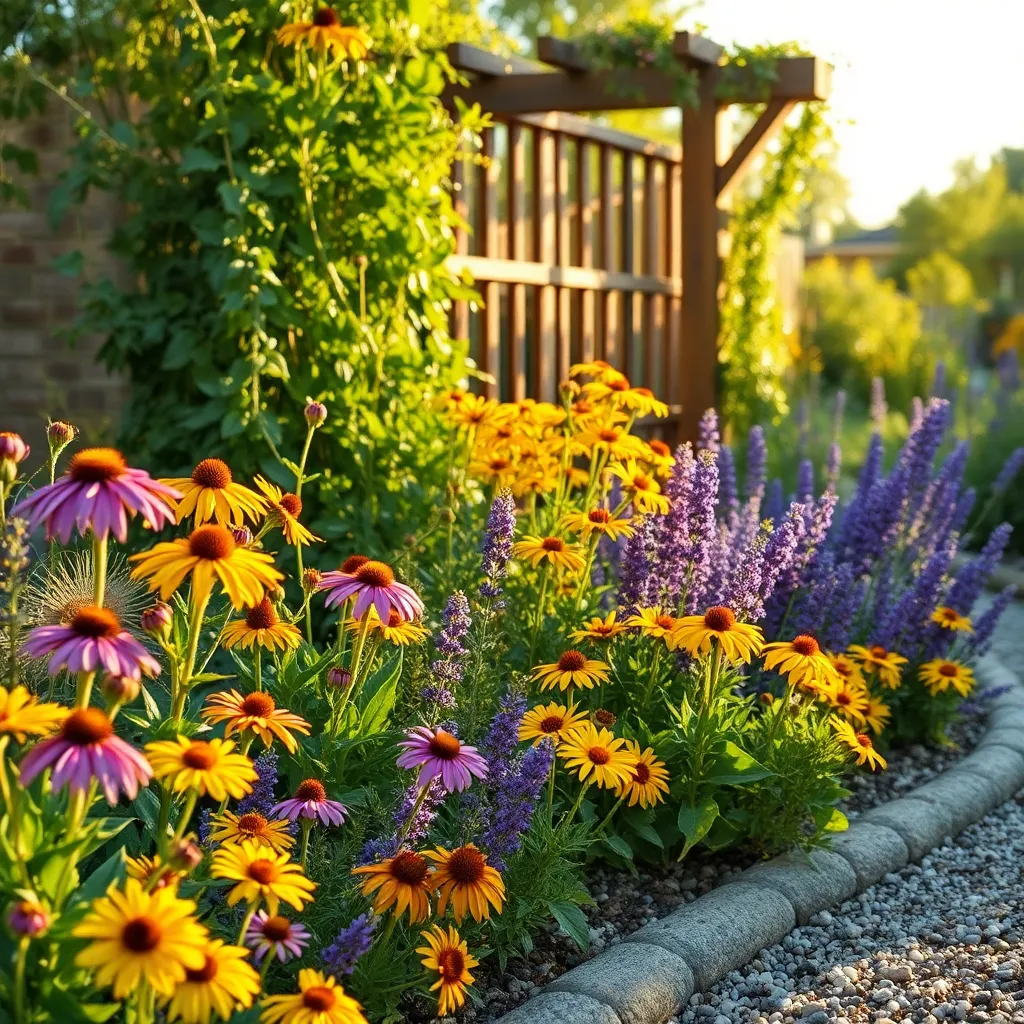
Selecting native plant species is a powerful way to make your garden more sustainable. Native plants are naturally adapted to the local climate and soil conditions, which means they typically require less water and maintenance.
When you choose plants that are native to your region, you also support local wildlife, including beneficial insects and birds. These plants have evolved alongside local fauna, providing the food and habitat they need to thrive.
To get started, research which plants are native to your area by consulting local gardening clubs or university extension programs. Some popular options include coneflowers, milkweed, and goldenrod, all of which are known for their hardiness and ecological benefits.
Once you’ve identified suitable native plants, consider their specific growing requirements, such as sunlight and soil type. Most native plants prefer well-draining soil and can thrive in sunny spots, but always verify the needs of each species.
For a low-maintenance garden, group plants with similar water and light needs to simplify care and maximize their growth. Water new plantings deeply but infrequently to encourage strong root systems, gradually reducing watering as they establish.
Install Efficient Irrigation Systems
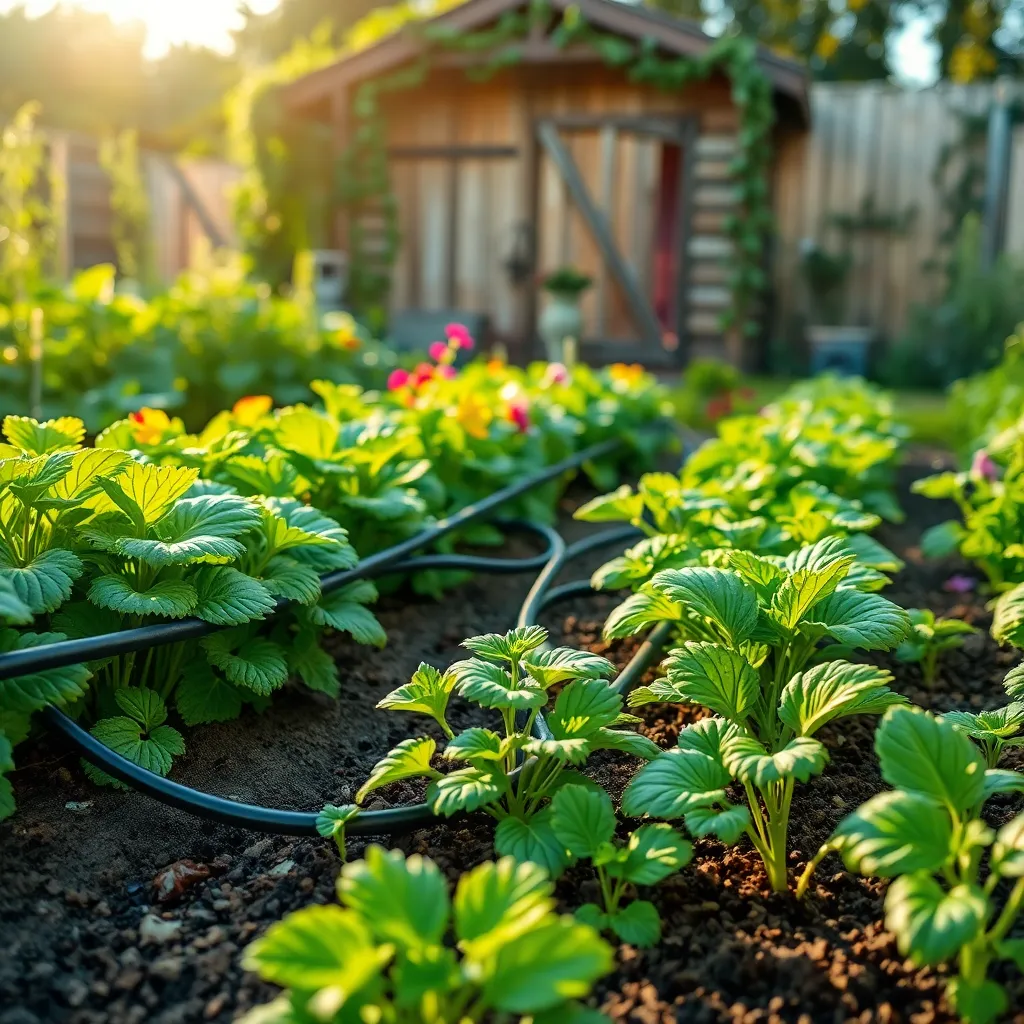
To enhance the sustainability of your garden, consider installing an efficient irrigation system. Drip irrigation is a popular choice, as it delivers water directly to the plant roots, minimizing waste and evaporation.
Begin by assessing your garden’s layout and the specific water needs of your plants. For a small garden, a simple soaker hose might suffice, while larger gardens might benefit from a more complex system with timers and sensors.
When setting up your irrigation system, ensure that it is appropriately zoned. This means grouping plants with similar water requirements together, which allows you to customize watering schedules and amounts for each zone.
Regular maintenance of your irrigation system is crucial for its efficiency. Check for leaks and clogs periodically, and adjust timers seasonally to accommodate changing weather patterns.
- Choose a system that suits the size and complexity of your garden.
- Install timers to water during cooler parts of the day, such as early morning or late afternoon.
- Consider incorporating rain sensors to prevent overwatering during rainy periods.
Incorporate Organic Pest Controls
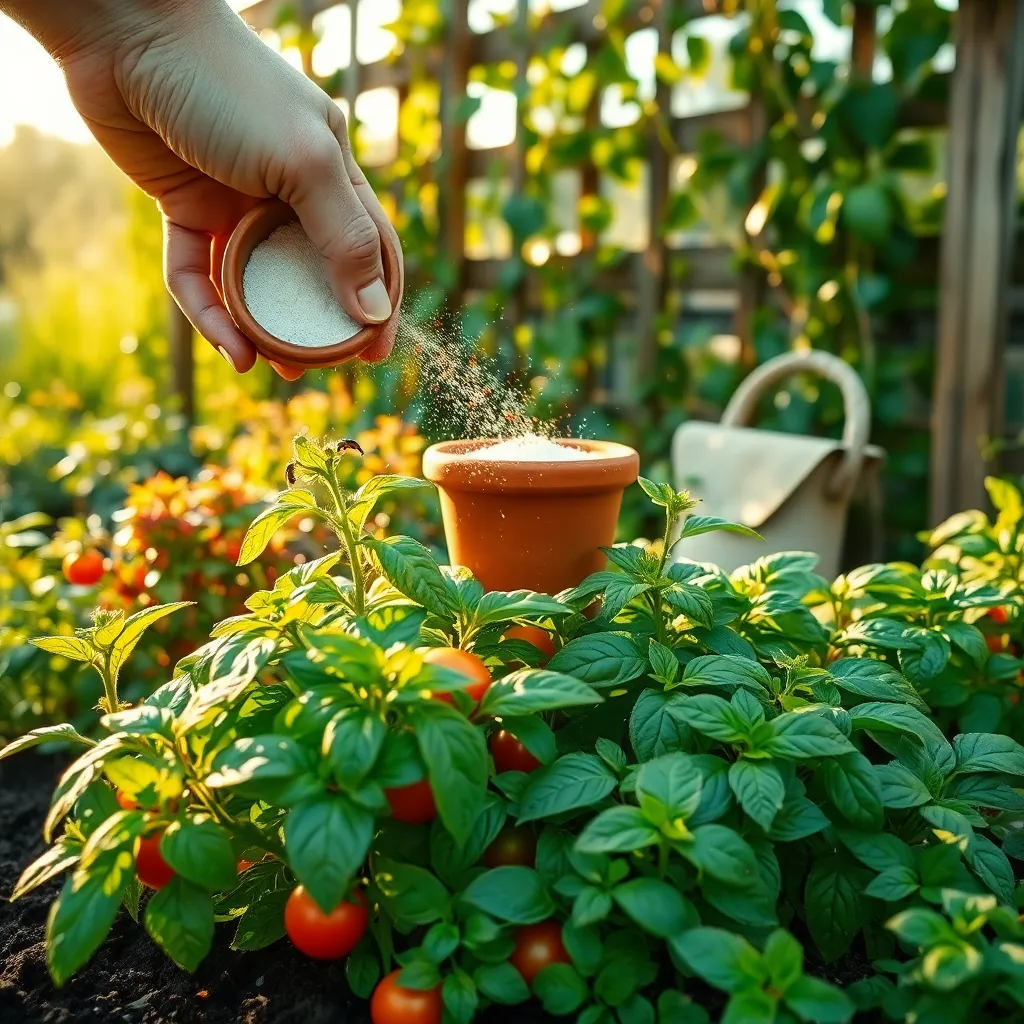
To make your garden more sustainable, consider incorporating organic pest controls that align with natural gardening practices. Neem oil is an excellent choice as it acts as a natural insecticide, effective against a wide range of pests like aphids and spider mites.
Introducing beneficial insects such as ladybugs and lacewings can significantly reduce pest populations. These insects naturally prey on common garden pests, providing a biological control that minimizes the need for chemical treatments.
Another effective strategy is using companion planting to deter pests naturally. For example, planting marigolds can help repel nematodes, while basil can ward off flies and mosquitoes when planted near tomatoes.
For those looking to take it a step further, creating homemade garlic and chili sprays can effectively ward off a variety of pests. These sprays are not only easy to make but also ensure that your garden remains free from harmful chemicals and supports a thriving ecosystem.
Conclusion: Growing Success with These Plants
In wrapping up our exploration of making your garden more sustainable, we delved into five essential relationship concepts that intertwine with nature’s rhythm: understanding your garden’s unique needs, nurturing healthy soil, conserving water, fostering biodiversity, and choosing native plants. These principles not only enhance your garden’s sustainability but also mirror the nurturing aspects vital in any thriving relationship.
As your next step, consider starting by planting a native species this weekend. This small but impactful action can set the stage for a more sustainable garden while nurturing your connection with nature.
We encourage you to bookmark this article as a valuable resource, ready to guide you in creating not just a sustainable garden but stronger, more resilient relationships. Just as gardens flourish with attention and care, so too do our relationships blossom when we apply these thoughtful principles.
Looking forward, remember that the seeds of effort you plant today will yield a garden—and a life—rich with growth and harmony. Save this article to revisit these insights, empowering you to cultivate relationships that are as enduring and vibrant as your sustainable garden.

